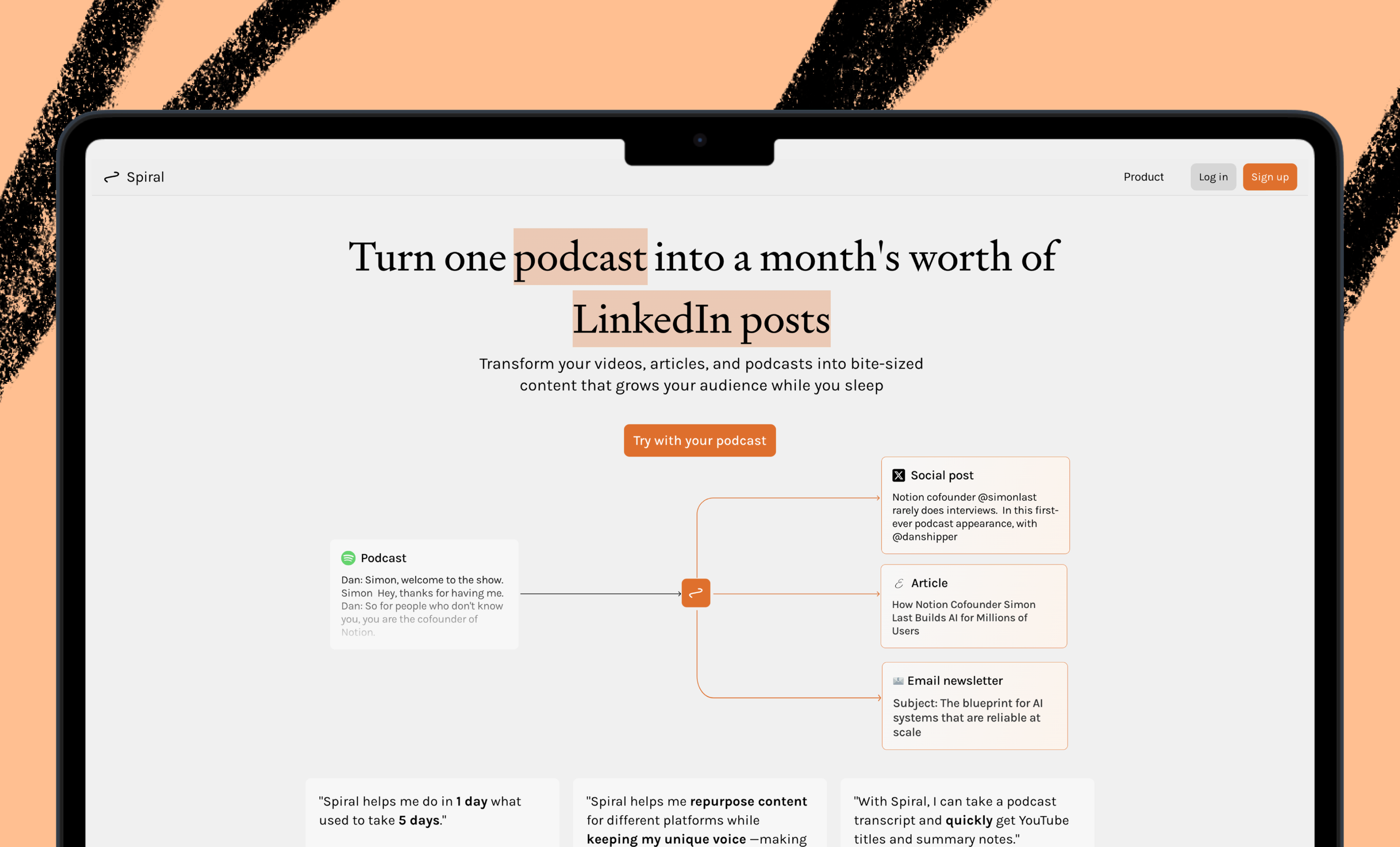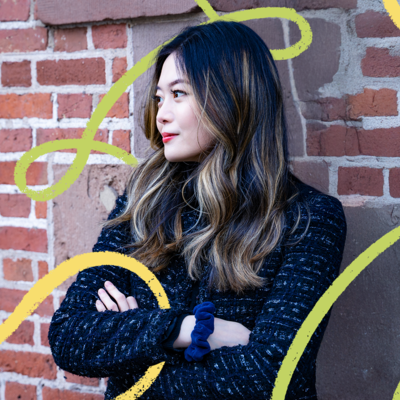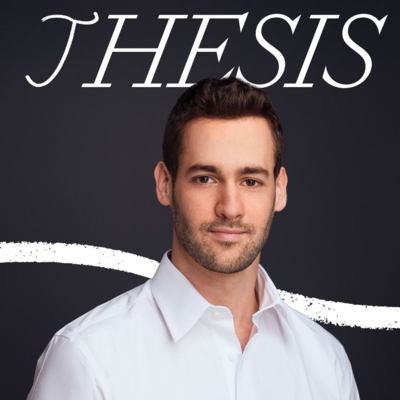
We've created something incredible—so why are some of us so scared of it? Sari Azout, who last wrote a Thesis for Every about the primacy of creativity over productivity, challenges our fundamental assumptions about artificial intelligence by reframing it as "collective intelligence"—aggregated human knowledge rather than something alien and adversarial. Through three "reality gaps," she reveals how we can shift our perspective on what AI means for our work, and what it means to stay human in an increasingly automated world.—Kate Lee
Was this newsletter forwarded to you? Sign up to get it in your inbox.
Will AI replace humans?
It’s the “how’s the weather?” of AI discourse—safe enough for dinner parties, provocative enough to fill panels and conferences. But the real question hiding beneath it is: Why, when faced with one of humanity’s most remarkable technological breakthroughs, do we instinctively frame it as a threat to ourselves?
Like many things in tech, it started with a funding pitch. In 1955, researcher John McCarthy needed a catchy term to attract investors to his work. “Artificial intelligence” sounded bold and futuristic. The name stuck—and with it, a mental model: AI as something cold, alien, adversarial.
If you write with the help of a human editor: You’re collaborative. If you write with the help of AI: You’re lazy, cheating, and inauthentic. Similar activity; completely different emotional response.
What if we saw it differently? In a conversation with Ezra Klein, artist Holly Herndon proposes a simple reframe: Instead of artificial intelligence, call it collective intelligence: “AI is aggregated human intelligence. [...] Emphasizing the collectivity (something built on the commons), over the artificiality of it (a feat of technology), gives us an entirely new way to see, perceive and relate to the technology.”
Imagine if OpenAI had launched as OpenCI: Open Collective Intelligence. Our cultural response might have flipped. Using CI wouldn’t be seen as cutting corners—it would be seen as a resourceful way to leverage the best of human knowledge. You’d even be judged for not using it.
Once I started seeing LLMs as aggregated human intelligence, everything shifted. I stopped asking, “Will this replace me?” and started asking, “What might I do with this?”
Over the past year, I’ve been obsessively using AI tools while building my company Sublime—to write, to think, to design, to code. The more I used AI, the more I saw similar gaps—places where the story we tell ourselves didn’t match the reality of using the tools. Crossing them changed how I think about work and what it means to be human. It might do the same for you.
Veo 3 Now Available in LTX Studio
Veo 3 video generation is now available within LTX Studio. It’s the most powerful video generation model out there—and you can access it directly in LTX Studio’s Gen Space.
Veo 3 in LTX Studio delivers:
- Highest-quality video generation currently available anywhere
- Built-in sound effects and dialogue—no separate audio editing needed
- Text-to-video that delivers true cinematic storytelling from a single prompt
- Integration directly into LTX Studio's complete creative workflow
Professional storytelling capability is now accessible to everyone. Experience the creative control that starts with just words.
Reality gap #1
Expectation: AI will reduce our workload, giving us more leisure time
Reality: AI expands what's possible—raising standards, and creating more work
Like many, I imagined robots doing my job would give me time back—to read slowly, cook without rushing, take more family vacations, and be with my kids instead of just near them.
Instead, I found myself caught in a paradox: The amount of things that are now possible and exciting because of AI—from games and art projects to essays and research reports—greatly exceeds the amount of time I save using AI.
This isn’t a new pattern. In the 20th century, we witnessed an explosion of labor-saving technologies: refrigerators, washing machines, vacuums, dishwashers that should have theoretically reduced housework. But women in 1960 spent more hours on housework than in 1920. Before washing machines, families washed clothes maybe twice a year. After that, weekly laundry became the norm.
Why? Because technology doesn’t exist in a vacuum. It shapes us as much as we shape it. It doesn’t just make old tasks easier—it creates entirely new standards.
Reality gap #2
Become a paid subscriber to Every to unlock this piece and learn about the two other reality gaps of AI that Sari identified, plus what it means to become "unLLMable."
Ideas and Apps to
Thrive in the AI Age
The essential toolkit for those shaping the future
"This might be the best value you
can get from an AI subscription."
- Jay S.
Join 100,000+ leaders, builders, and innovators

Email address
Already have an account? Sign in
What is included in a subscription?
Daily insights from AI pioneers + early access to powerful AI tools









Comments
Don't have an account? Sign up!
This is one of the best articles I have read so far about AI. I love all of it: "Collective Intelligence", the reality gaps, "becoming unLLMable"... fascinating stuff! Thank you.
Humanity is also recognizing who spotted that "TIme vs August Lamm" difference. Being human is also attributing the value of finding things like this. Was it too difficult to admit that THAT example came from Harry Dry? He flagged it, he described the difference, he brought it to our attention. The effort to not recognize it is just weird.
Source: X / The author.
Sure.